Nje foto e mrekullueshme, e para e llojit te tij, tregon nje bote aliene (planet) te madh duke u formuar ne nje disk gazi dhe pluhuri qe rrethon nje yll te ri.
Imazhi eshte vezhgimi i pare i konfirmuar e nje planeti te tille te ri.
“Ky disk rreth yjeve te rinj jane vendelindja e planeteve, por deri me tani vetem disa vezgime kane zbuluar te dhena rreth planeteve te ri ne to”,udheheqesi i studimit Mriam Keppler i Institutit Max Planck per Astronomi, Gjermani, ne nje deklarate nga ESO. “Problemi der me tani eshte se keto planete te rinj kandidate mund te ishin vetem tipara ne disqet e pluhurit dhe gazit rreth ketyre yjeve”.
Astronomet analizuan vezhgime te reja dhe arkivore te nje ylli te ri xhuxh i quajtur PDS 70, i cili eshte rreth 5.4 milion vite i vjeter dhe ndodhet rreth 370 vite-drite larg nga ne. Keto te dhena jane ,bledhur nga dy instrumente ne Teleskopin Shume te Madh (VLT) te ESO’s ne Kili.
Vezhgimet zbuluan prezencen e nje planet gjgand te gazte te sapoformuar ne diskun protoplanetar te PDS 70. Si dhe astronomet ishin ne gjendje te fotografonin planetin, injohur si PDS 70B, duke perdorur nje nga dy instrumentet e perodorur ne studim te quajtur SPHERE.
SPHERE eshte nje instrument shkencor ne VLT, qe ka nje koronograf, e cila bllokon driten e yjeve, duke lejuar zbulimin e objektev me te zbehta si planetet.
PDS eshte dy deri me tre hereme i madh se Jupiteri dhe eshte rreth 3 miliarde km nga ylli–gati sa orbita e uranit me sistemin diellor. Ai eshte me i nxehte se cdo planet ne sistemin tone diellor me nje temperature rreht 1,000 G/C.

Ja si duket nje planet ne hapat e para te formimit te tij. Credit: A. Müller et al./ESO
Hulumtimi eshte prezantuar ne dy letra shkencore “Discovery of a planetary-mass companion within the gap of the transition disk around PDS 70” dhe “Orbital and atmospheric characterization of the planet within the gap of the PDS 70 transition disk”, publikuar ne Astronomy & Astrophysics.
Referencat nga ESO.
_____________________________________________
Perditesimi per here te fundit 12 korrik, 2018.

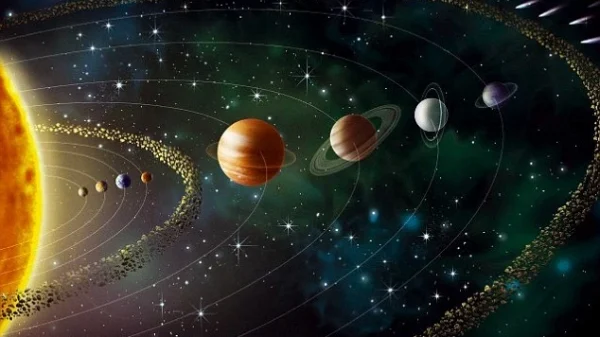
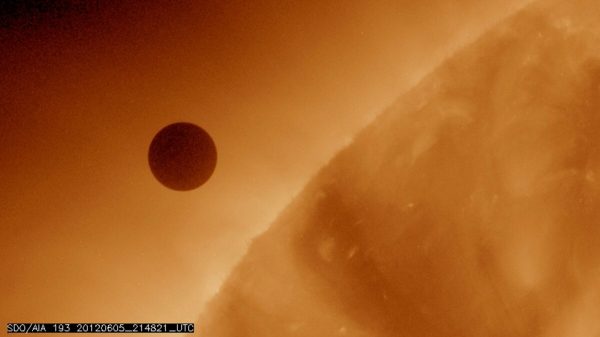
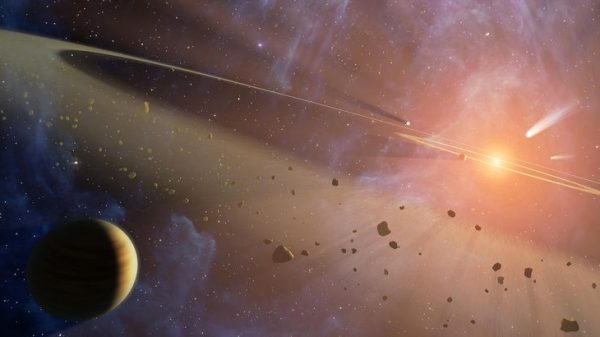
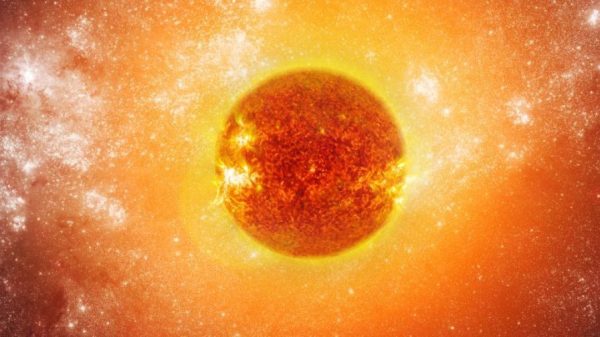
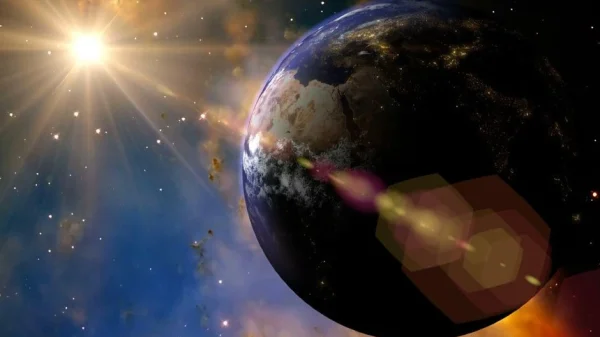
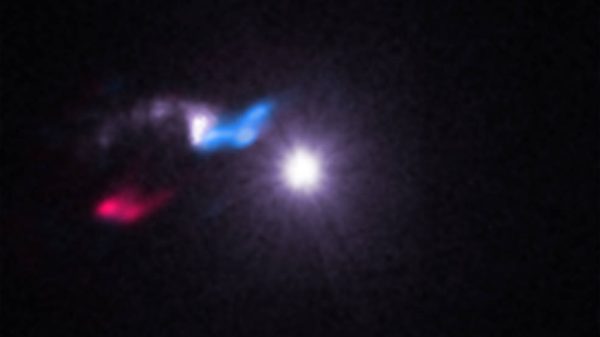
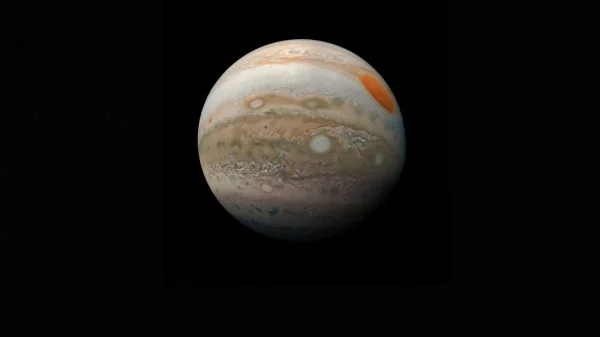
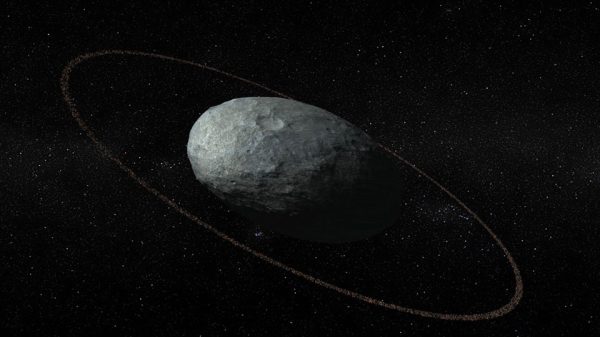
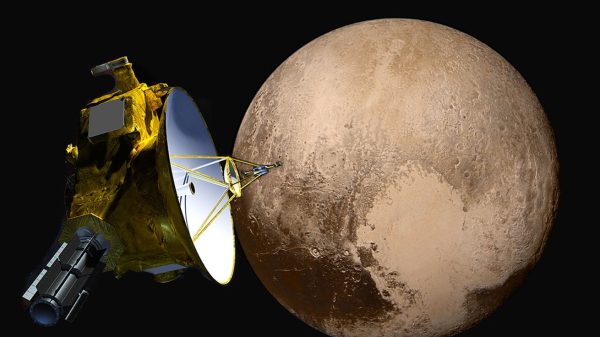
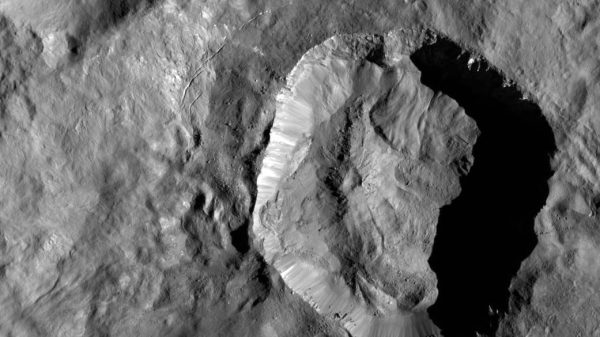
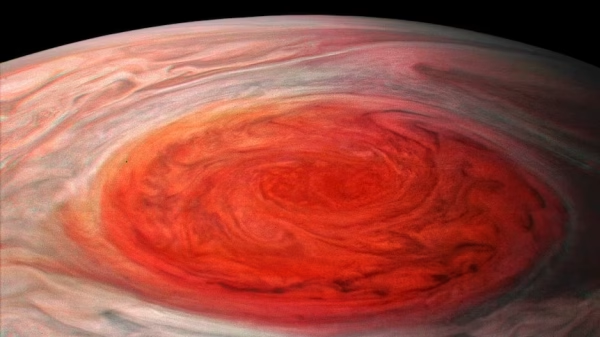
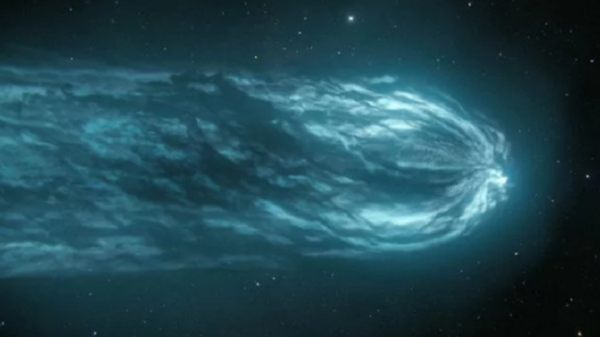
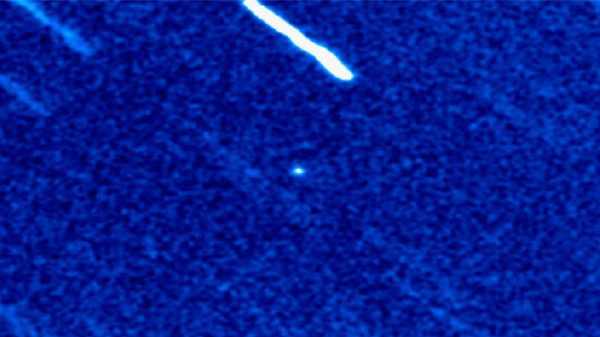
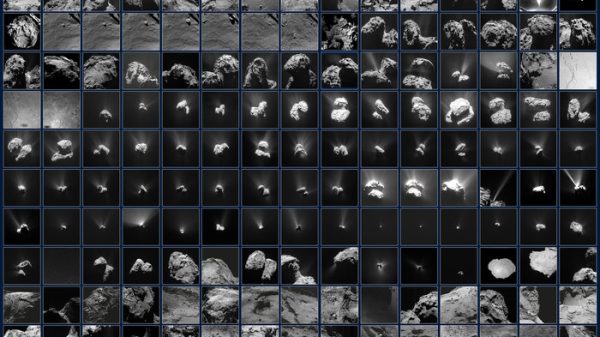
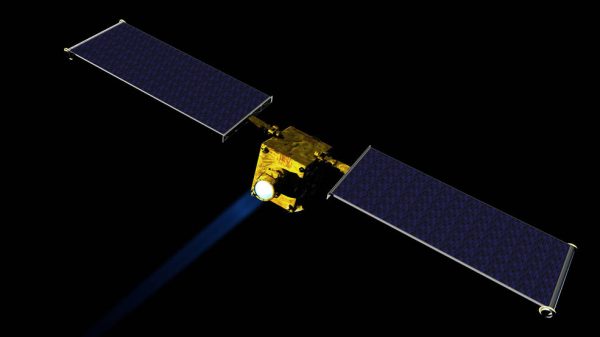
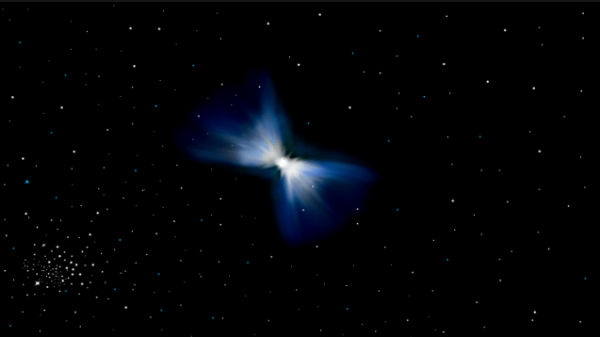

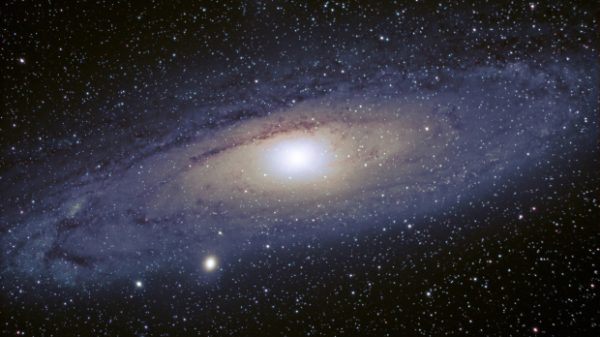
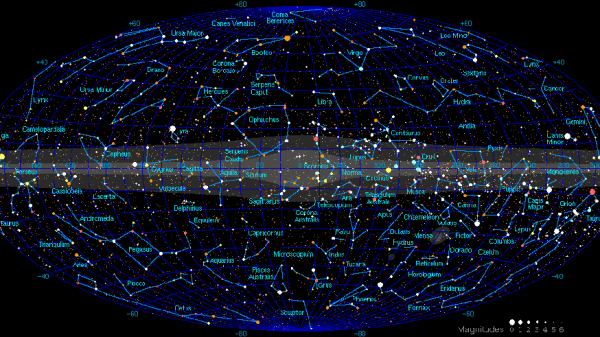
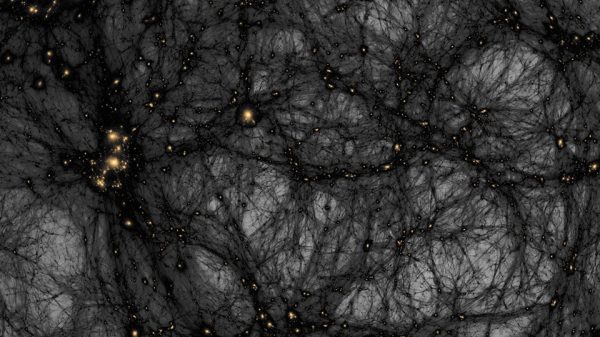
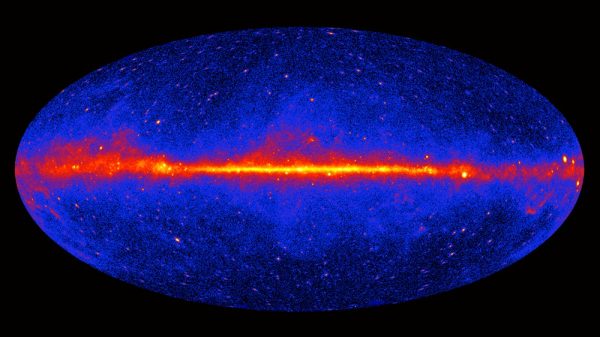
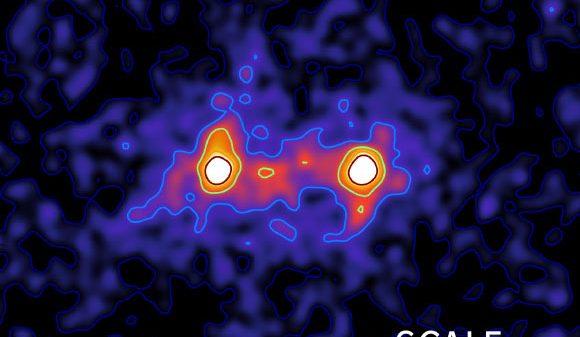
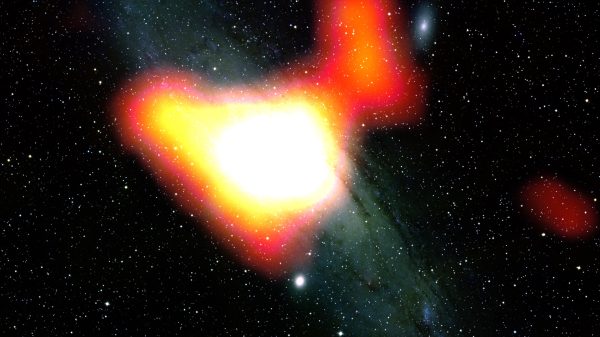



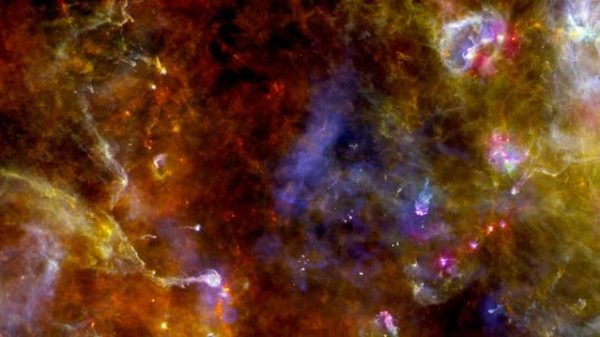
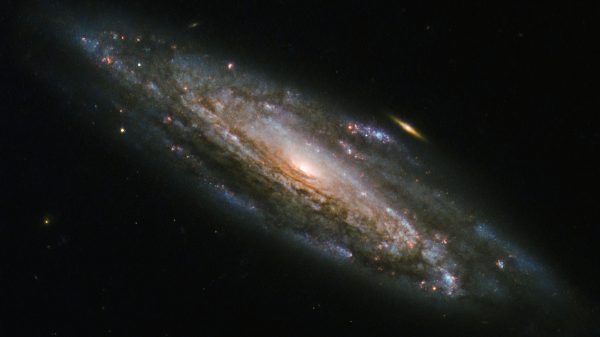

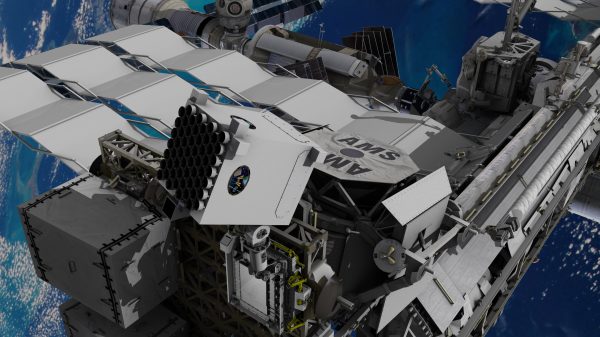
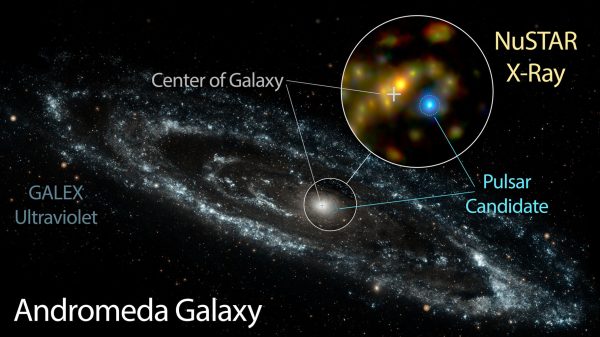
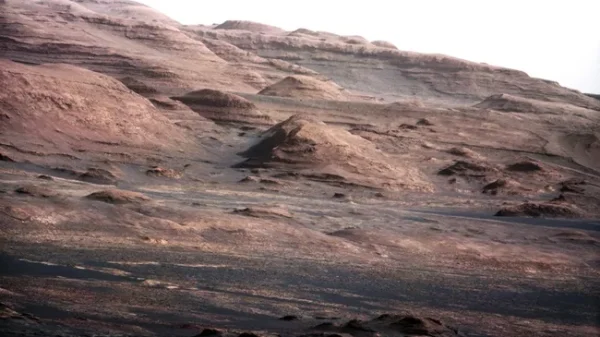

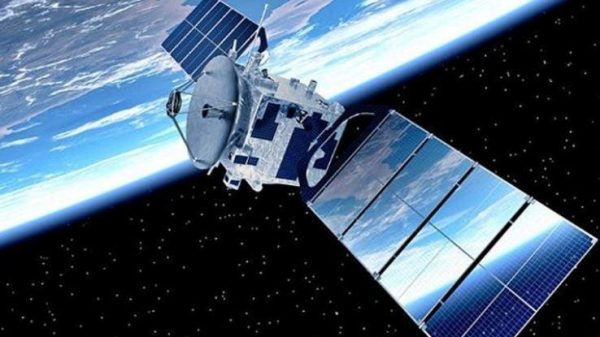





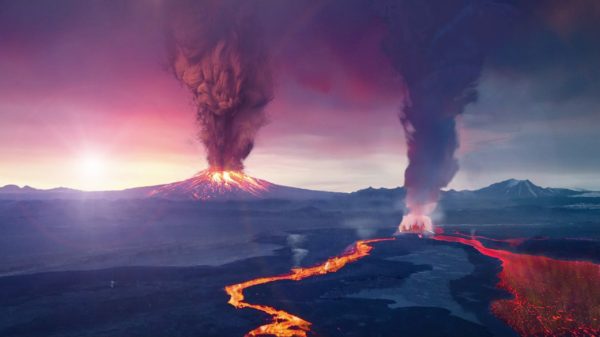
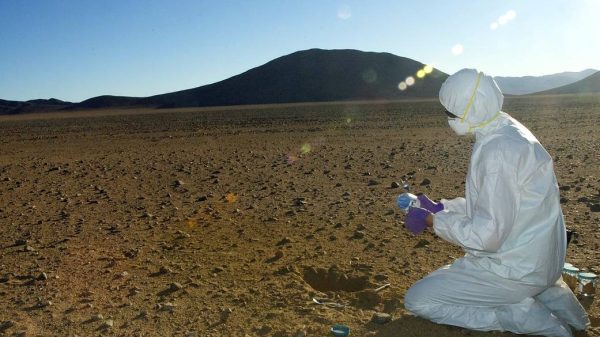

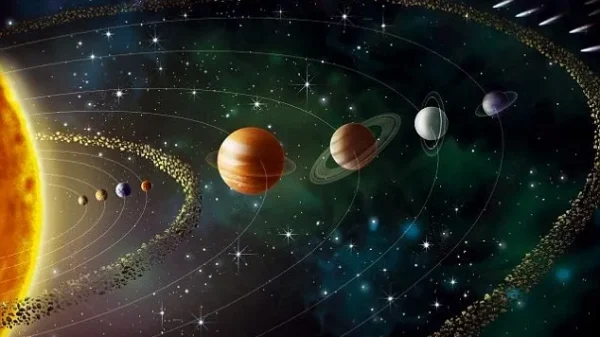

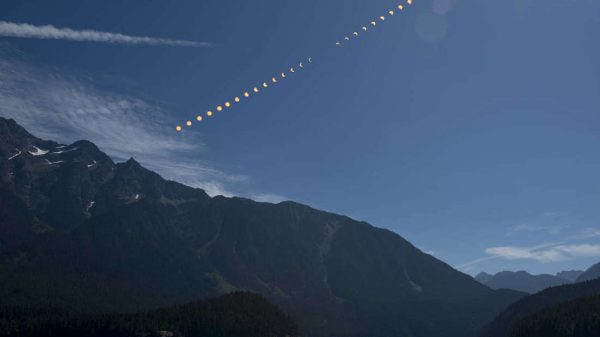

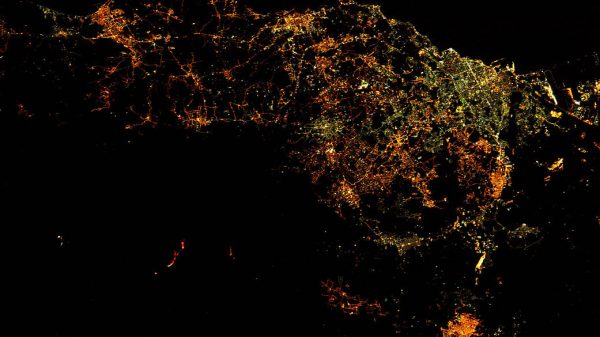




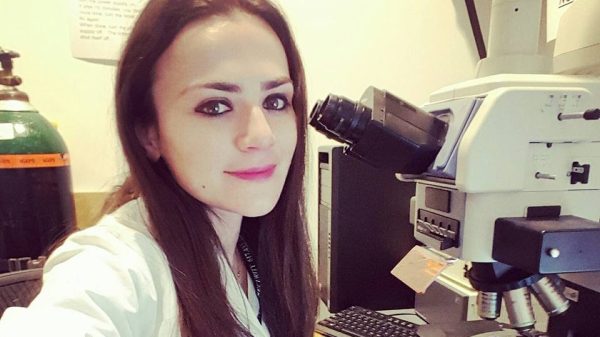

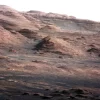






You must be logged in to post a comment Login